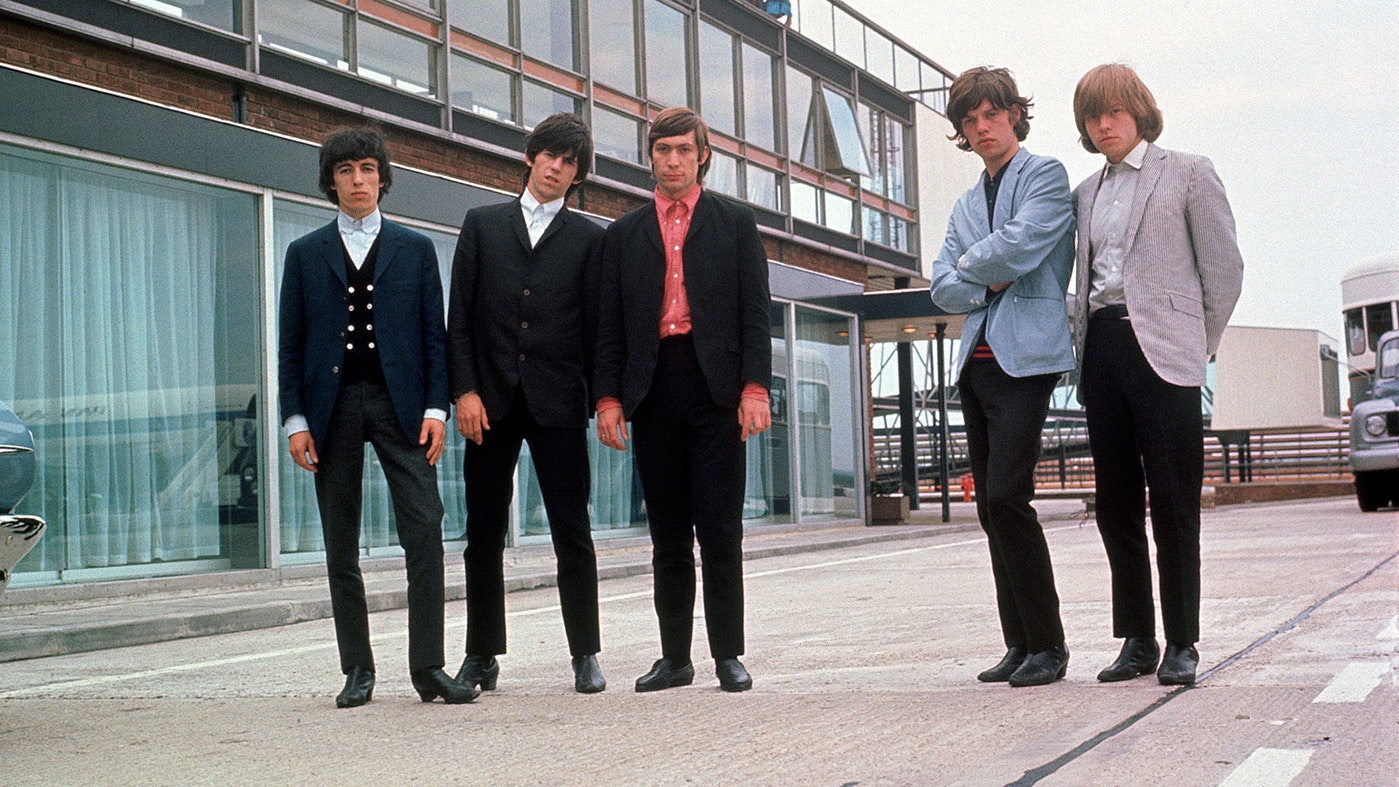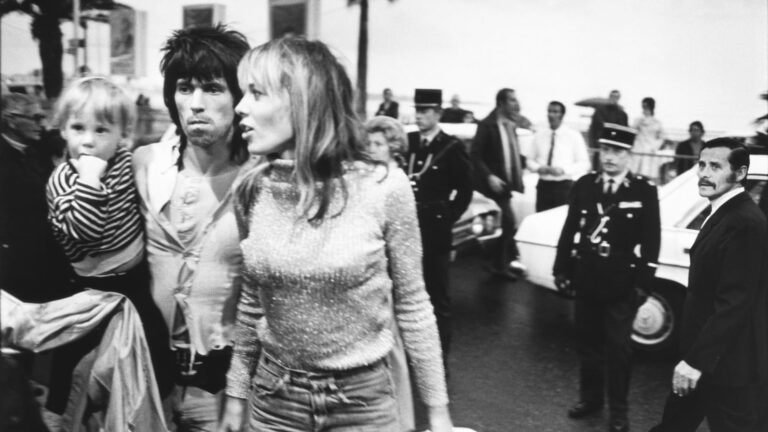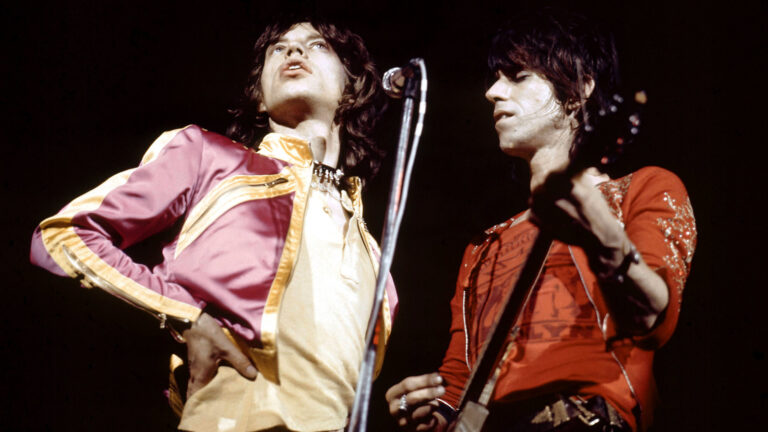Unveiling The Epic Creation Process Behind The Rolling Stones’ First Album
When The Rolling Stones burst onto the music scene in April 1964 with their debut album, they were met with mixed reviews. The Daily Herald dismissed the album as “a stinker,” while the New Musical Express hailed it as “probably the finest first LP ever” by a rock band, praising its “frenetic primal magnificence.”
Managed by the controversial Andrew Loog Oldham, the band thrived on the conflict sparked by their music. Oldham famously declared that “The Rolling Stones are more than just a group – they are a way of life,” setting the tone for their rebellious image. The decision to release the album untitled, with a stark photo of the band members glaring at the camera, added to their mystique.
The album captured The Rolling Stones at the cusp of a significant transition, showcasing a mix of raw energy and historical influences. With limited original material, the band filled the album with covers of R&B standards, drawing inspiration from legends like Jimmy Reed, Slim Harpo, Muddy Waters, and Rufus Thomas.
Despite their lack of experience in the studio, the band’s instincts and passion shone through in their music. Oldham’s desire to emulate Phil Spector’s production style pushed them to experiment and create a distinct sound that set them apart from their contemporaries.
Tracks like “Honest I Do,” “I’m A King Bee,” and “I Just Want To Make Love To You” showcased the band’s gritty interpretation of classic blues songs, with Mick Jagger’s charismatic vocals and Charlie Watts’ dynamic drumming capturing the essence of the genre.
While their foray into soul music was initially met with skepticism, songs like “Can I Get A Witness” and “You Can Make It If You Try” demonstrated the band’s versatility and emotional depth. The raw, unpolished feel of their performance added a layer of authenticity to their music.
The Rolling Stones’ affinity for black rock’n’roll was evident in their energetic covers of songs by Chuck Berry and Buddy Holly. Tracks like “Route 66,” “Carol,” and “Mona” showcased Keith Richards’ guitar prowess and the band’s ability to infuse classic rock and blues with their unique flair.
As they wrapped up recording the album, a last-minute jam session resulted in the creation of “Now I’ve Got A Witness,” a testament to the band’s improvisational skills and musical camaraderie. Despite their limited resources and technical constraints, The Rolling Stones delivered a debut album that brimmed with youthful energy and authenticity.
Reflecting on their debut effort, Keith Richards remarked, “A first album can be incredible. All that energy… unbelievable!” The Rolling Stones had laid the foundation for a legendary career, setting the stage for their future as one of the greatest rock bands of all time.







